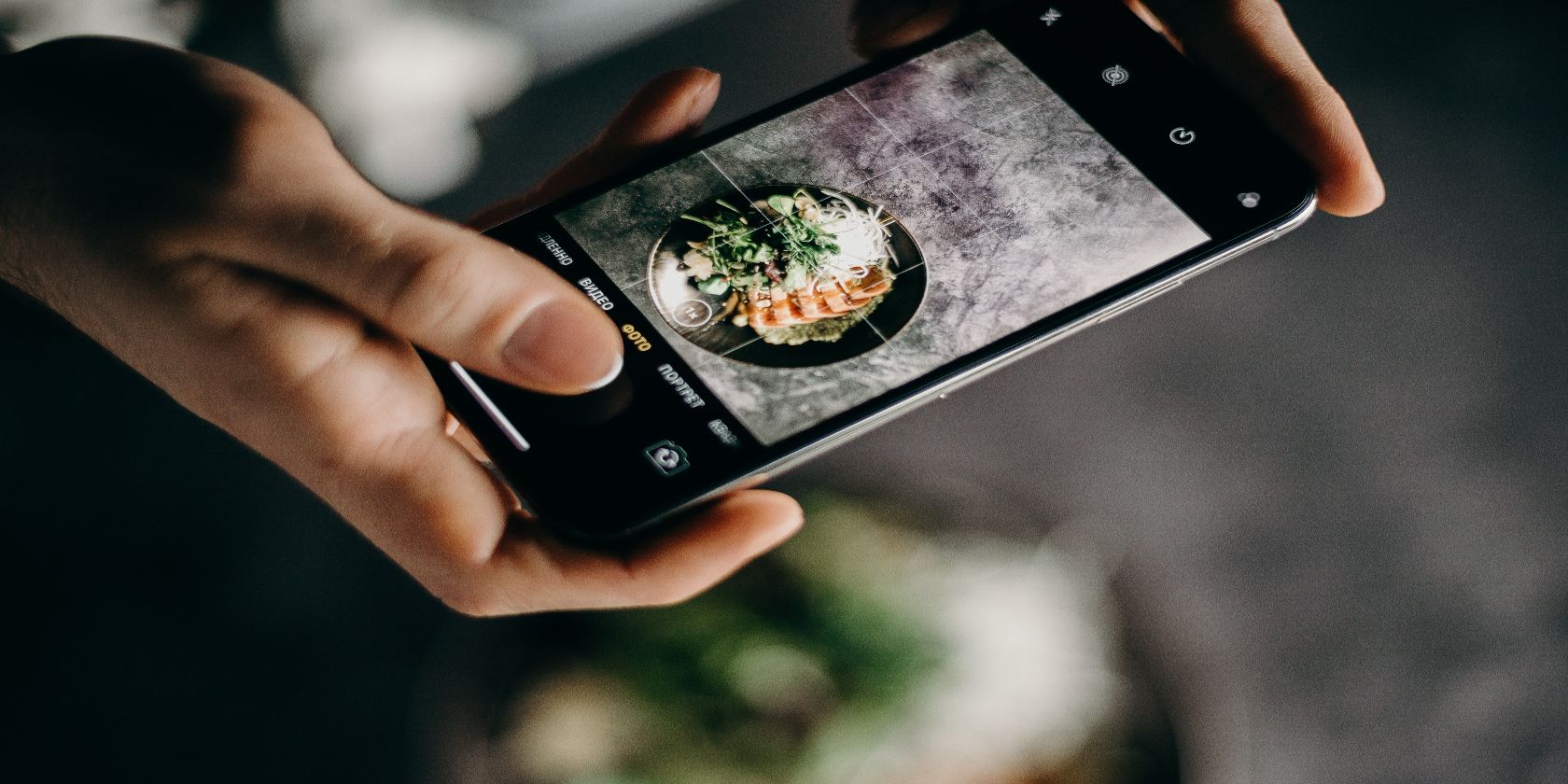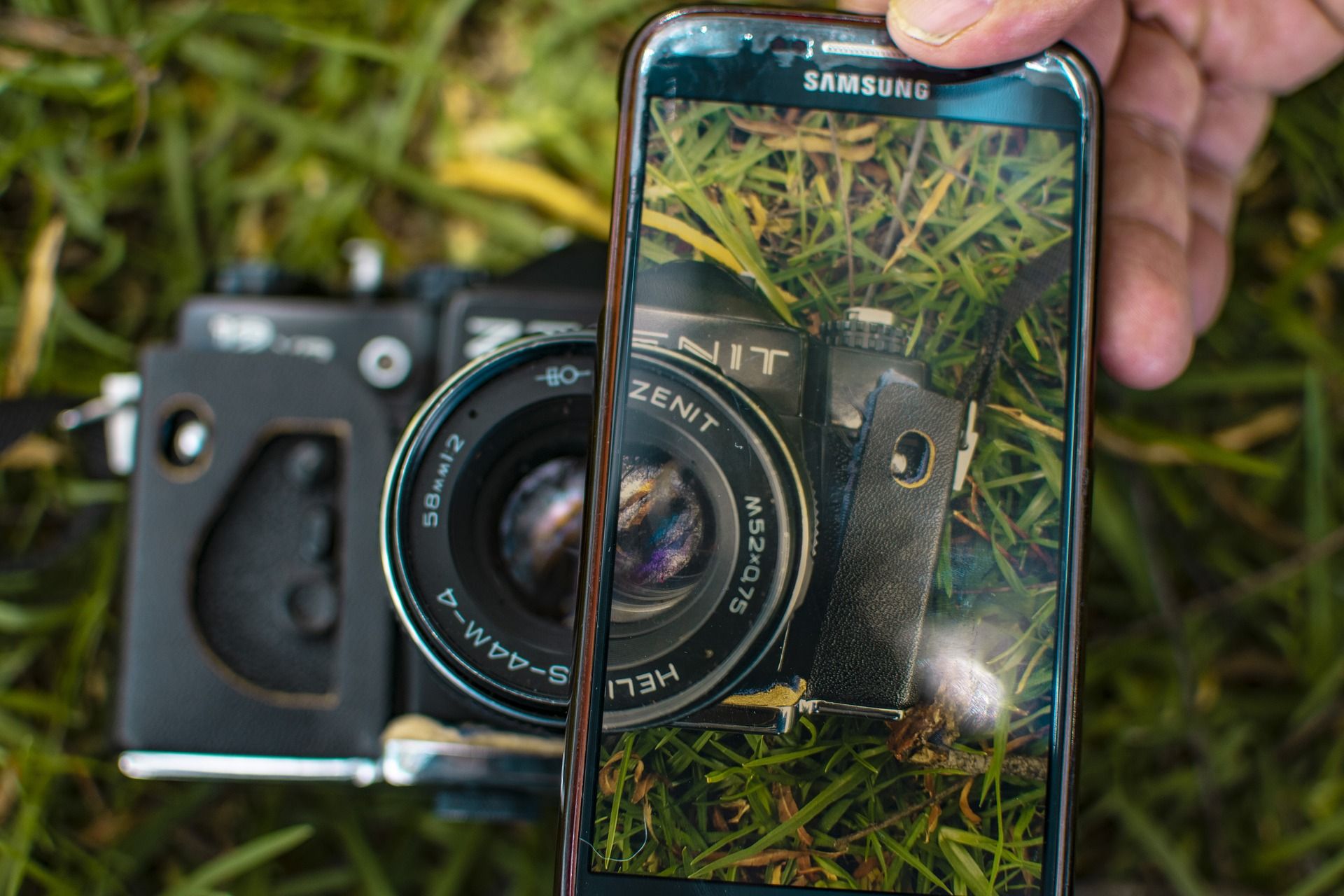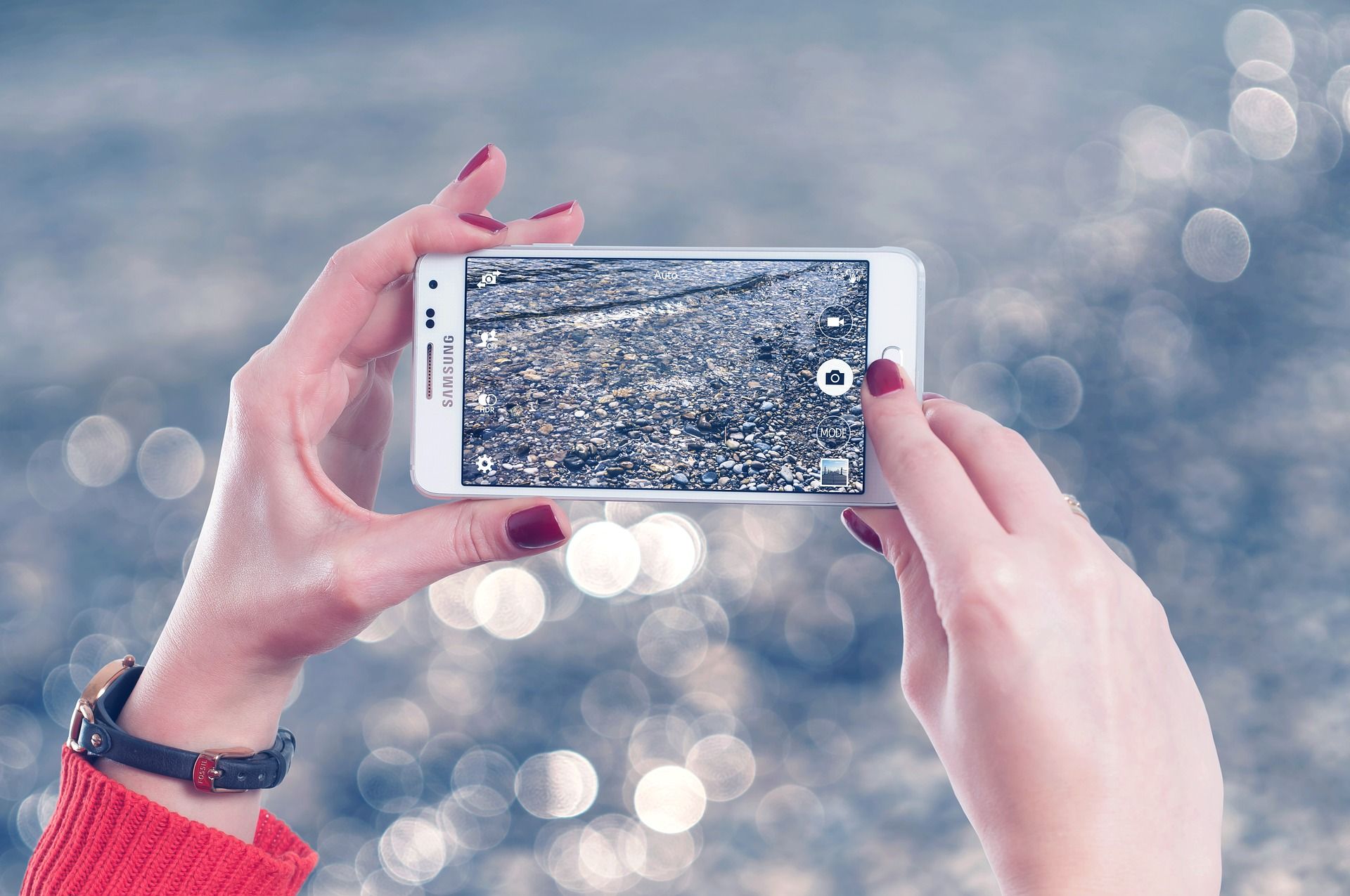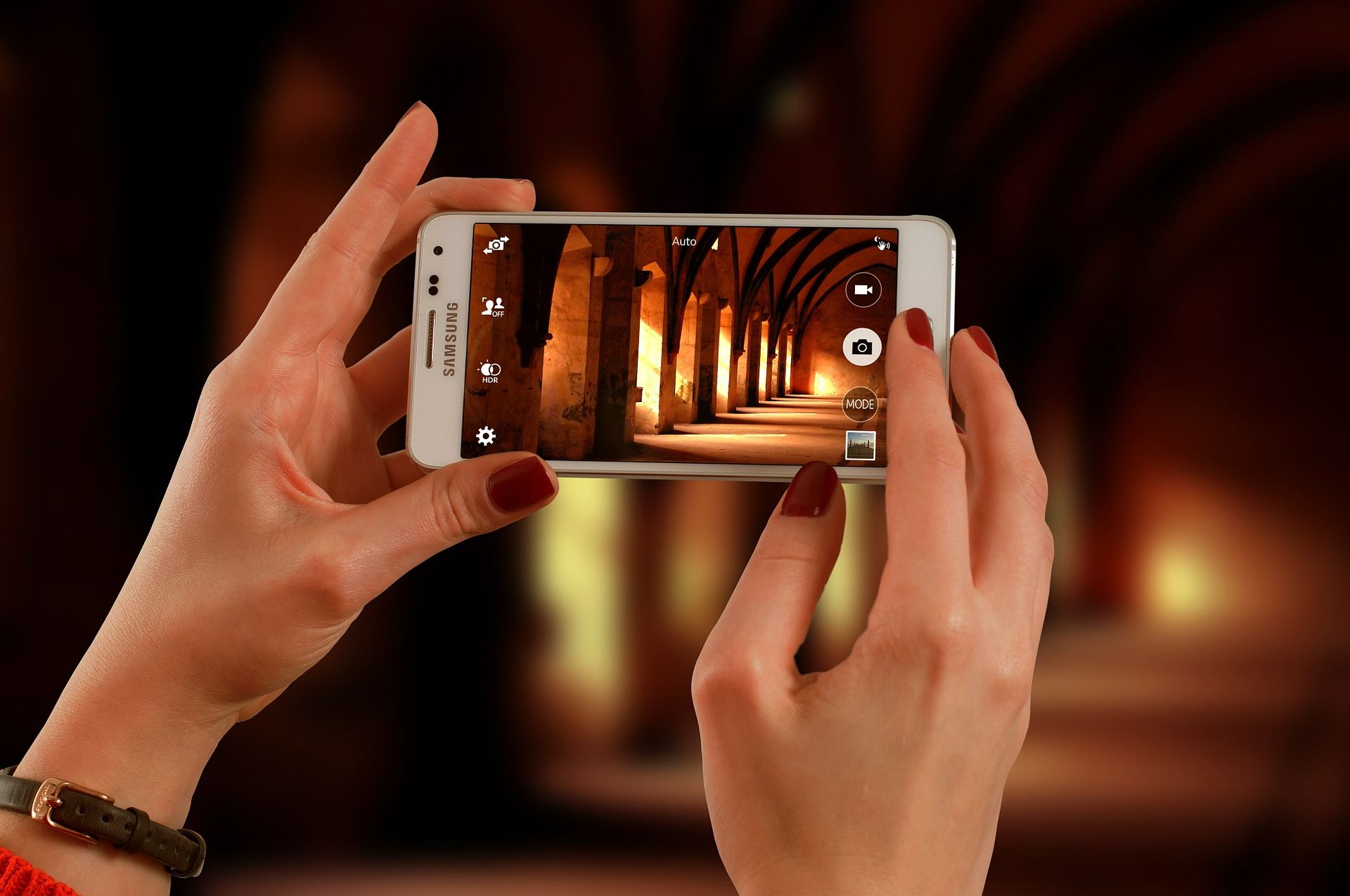Nowadays, smartphone companies are jamming more megapixels into their phones' cameras. Five years ago, a phone with a 20-megapixel camera seemed like a lot. Today, however, we see smartphones with over 100!
Higher megapixel counts lead to more pixels per image, resulting in a sharper image. But does that lead to better images? Here's a dive into some of the science behind smartphone photography and why more megapixels might not be the best thing for your photos.
How Do Smartphone Camera Sensors Work?
Many different components make up a smartphone camera. The camera's sensor is the part that absorbs the light—it's the equivalent of the film in a traditional camera. Most digital cameras use a Complementary metal-oxide-semiconductor (CMOS).
The sensor in a smartphone camera is very small, typically ranging between .4 and .59 inches diagonally. It's divided into a bunch of tiny compartments called photosites, each of which represents one pixel.
When you take a picture, light is funneled through the lenses right into the photosites. Each individual photosite absorbs a minuscule amount of light. That bit of light is converted into an electrical current that is then sent to the processor. The processor then takes the information from all of the photosites, compiling it into the final image.
If you want to know more about the science behind taking photos, check out this article looking at imaging sensors and how they work.
The Benefits of More Smartphone Camera Megapixels
The main draw of more pixels is a more detailed output image. This is great if you are going to expand the image or zoom into it, such as if they will feature on large banners.
Sensors with more pixels are also better at taking photos of subjects with small and intricate details. You'll see more details in grass, hair, fine grains, and other details.
The Cons of More Pixels
It's not all good news, however. Increasing the number of pixels on the sensor has an effect on more than just how sharp the image turns out.
The negative effects of having a smartphone camera with more megapixels are below.
Darker Images
Having enough light is one of the most important things in photography. There has to be a sufficient amount of light that hits the sensor to have a properly lit photo. If your image has more pixels, it means that more photosites had to squeeze onto the sensor.
Since more photosites have to be put onto the sensor, they need to be made smaller. The smaller the photosite, the less light they can absorb. Since they absorb less light, the electrical signal that gets sent to the processor is weaker. This leads to an overall darker image.
More Digital Noise
Since the image is darker overall, the software kicks in to compensate. The ISO is cranked up, brightening the image. This creates the illusion that more light is hitting the photosites.
This, however, leads to another issue: digital noise. Digital noise is when an image looks to have a layer of random colored pixels scattered throughout. This happens when the software overcompensates for the lower light.
Imagine if you're recording with a microphone, and you turn up the gain. The sound you get is louder, but you will hear an audible hiss when you listen back to it. This is similar to digital noise. Software can only do so much to offset the lack of actual data.
The Importance of Proper Processing
It doesn't matter how many megapixels a company uses in the sensor. If the image processing is bad, the image will be bad. The actual software that stitches together the photo is responsible for producing the final result.
Different companies have different ways of processing the light that passes through their phones' sensors. Samsung, for example, is known for producing images with more saturated colors and intense over-sharpening. Meanwhile, Apple products are known for producing photos with more natural colors and less sharpening.
Smartphone Photography: More Megapixels Isn't Always Better
On paper, having a sensor with more pixels sounds better. But in reality, there are more factors that contribute to a quality photo. The quality of the lens, lighting conditions, and your photography skills all determine whether or not your picture is good.
It's all about finding that sweet spot between pixels, lighting, and image processing to create a quality photo. When it comes to photography, less is sometimes more.




